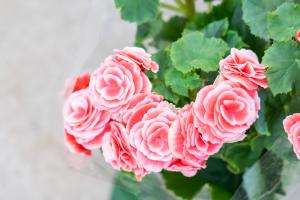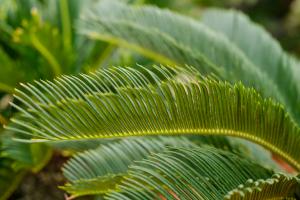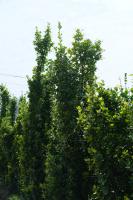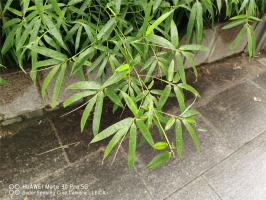1、 Shape features
Peppermint is a perennial herb of mint in Labiatae. Its stem is upright, with a height of 30-60 cm. Its leaves are lanceolate or oval, 3-5 cm long, with thick serrations on the edge and light green on the surface. Its flowers are cymes, which generally grow between leaf axils. The Corolla is lavender, 4 mm long, and the surface is pilose. It usually blooms from July to September and bears fruit in October. The fruit is yellowish brown

2、 Growth habit
Peppermint has strong adaptability and can grow in places below 2100 meters above sea level. When the temperature is 25-30 ℃, the plant grows faster, and it will grow slowly below 15 ℃. It can endure the low temperature of - 15 ℃ in winter. As a plant with long sunshine, it likes light very much. Long illumination time is conducive to plant flowering. In addition, it does not have high requirements for soil, as long as it is not too sandy, too sticky or too heavy pH soil
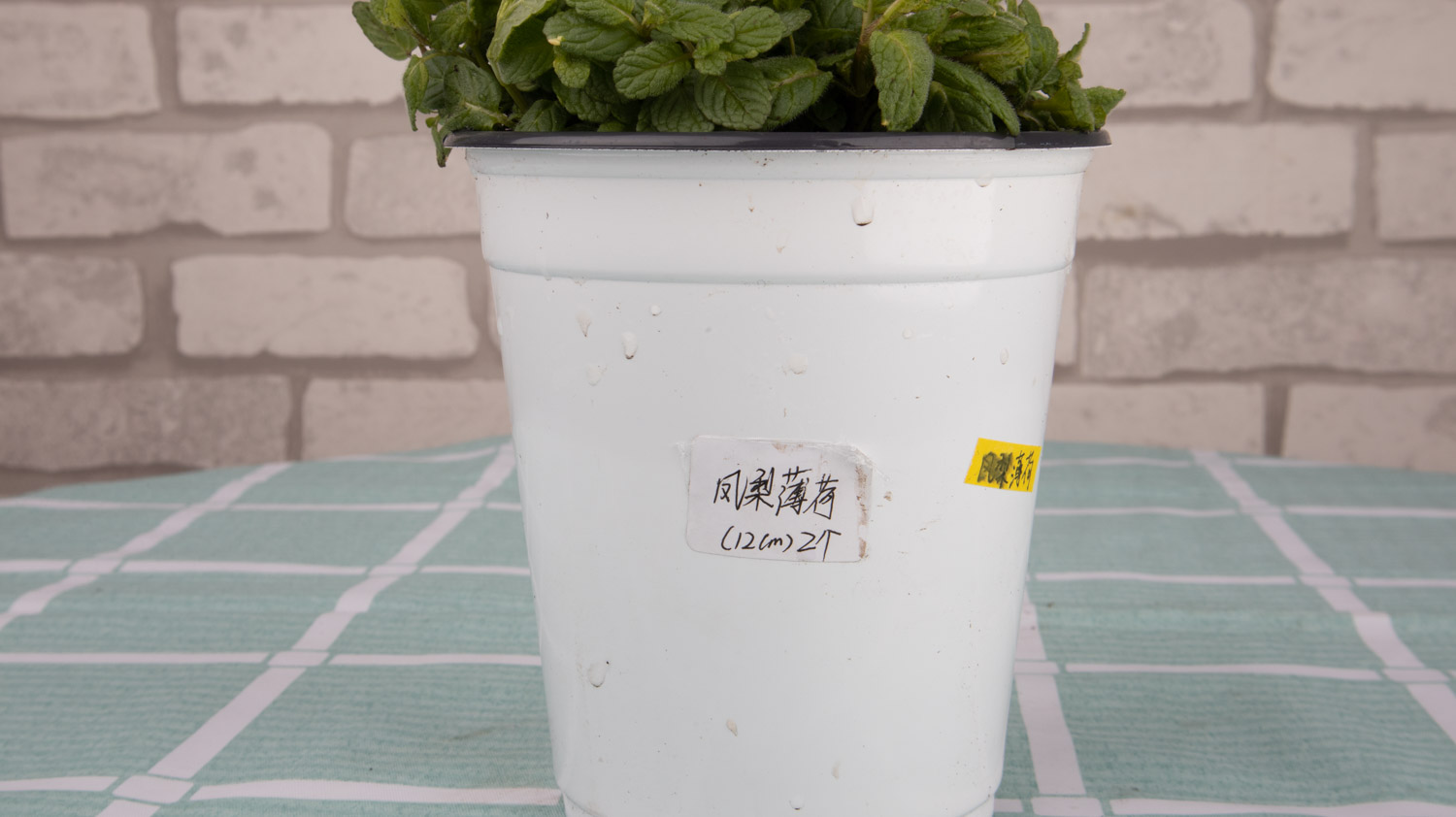
3、 Curing method
Raising peppermint generally needs to put it in the sunny place and let it receive all day light, which is not only helpful for growth, but also conducive to the accumulation of peppermint oil and menthol. Watering should be sufficient in the early stage, generally once every 15 days, and can be reduced in the later stage, so as not to make the stems and leaves grow madly. It is not necessary to apply fertilizer during the growth period. It is only necessary to add base fertilizer when planting and changing pots
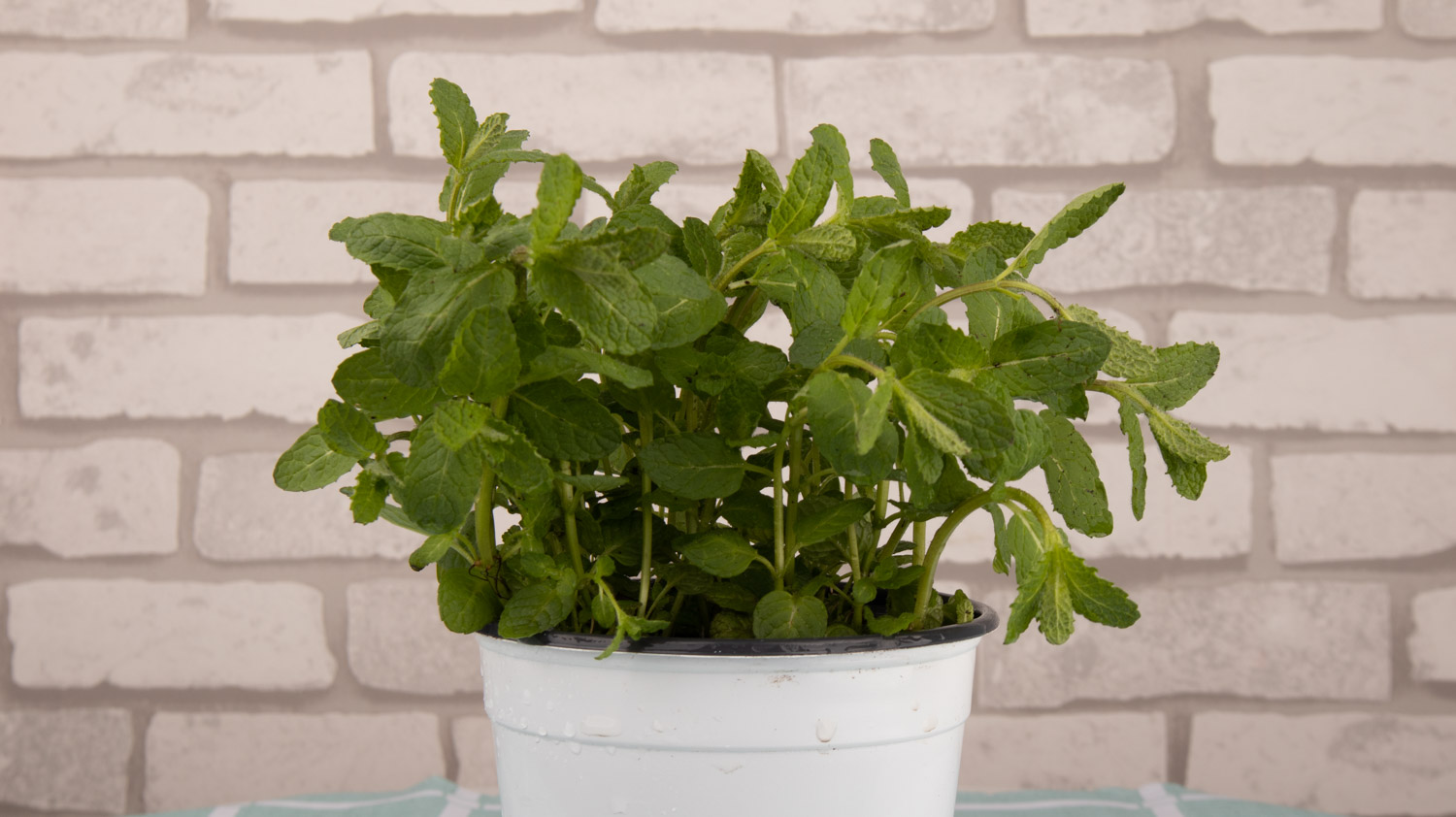
4、 Efficacy effect
Peppermint has certain edible and medicinal value. Its stems and leaves can be eaten and juiced, and can also be used as seasoning or spice. As a medicinal material, it has antisepsis, sterilization, diuresis and phlegm, and can also strengthen the stomach and help digestion

 how many times do yo...
how many times do yo... how many planted tre...
how many planted tre... how many pine trees ...
how many pine trees ... how many pecan trees...
how many pecan trees... how many plants comp...
how many plants comp... how many plants can ...
how many plants can ... how many plants and ...
how many plants and ... how many pepper plan...
how many pepper plan...